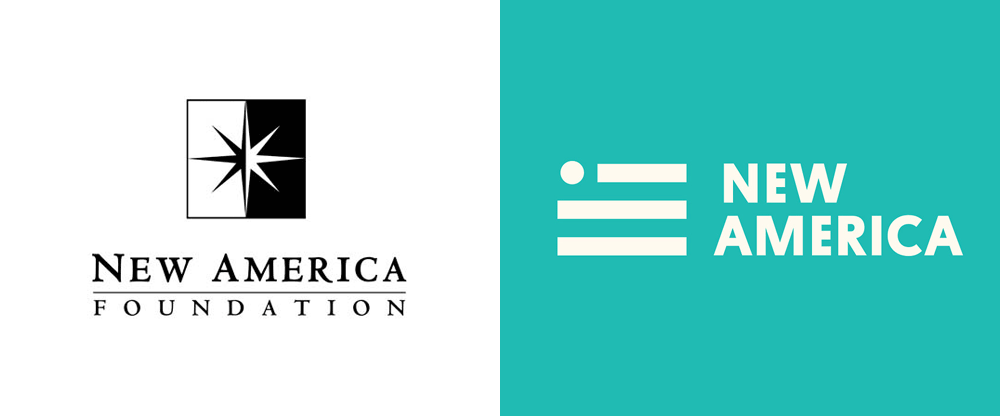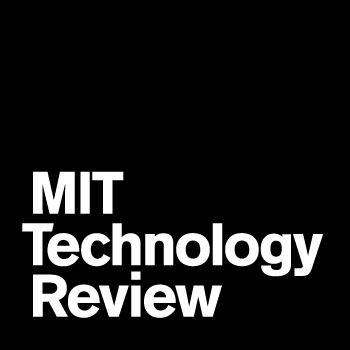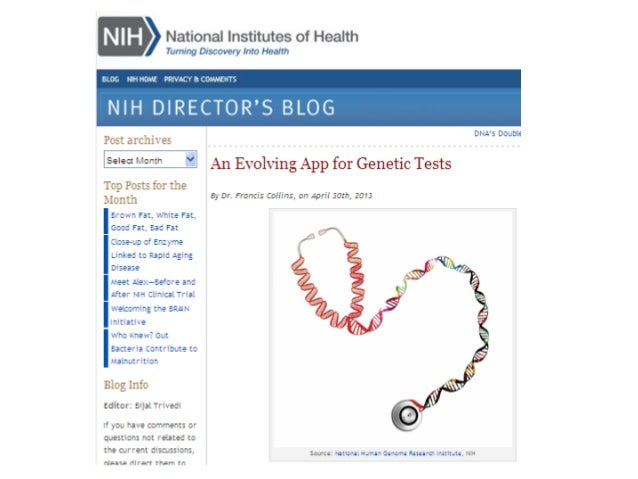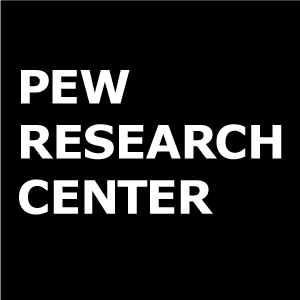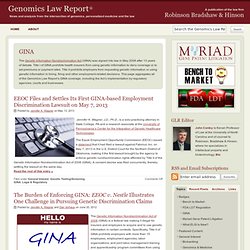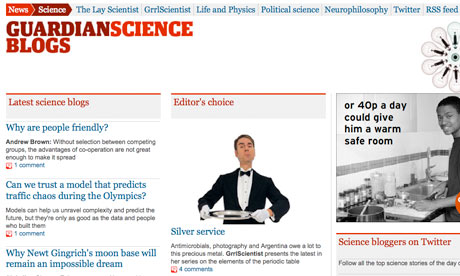
The new Nature Nanotechnology issue features Dr. Diana Bowman and Dr. Steffi Friedrichs’ in the Comment of the April 2021 issue. This issue is focused on global health, following the COVID-19 pandemic. Nano technology played a key role in providing the Moderna/National Institutes of Health (NIH) and then the Pfizer/BioNTech vaccines. These new vaccines in particular were different from other well known methods like the live-attenuated vaccine (LAV) or inactivated vaccine (IV) designs, but instead based on a new technology. The vaccines used a new class of messenger RNA (mRNA)-based technology, never before approved for use in vaccines. These vaccines came in late 2020, after public health officials stated that there might still be a year to 18 months until vaccines were to be distributed.
Both Dr. Bowman and Dr. Friedrichs highlight the pivotal role that nanomedicine played in the vaccine’s development and ultimate success. They point out the vaccines are based on a multitude of the state-of-the-art interdisciplinary attributes that nanomedicine offers.
“It is the translational power between the biological world and the world of (materials) chemistry and engineering […] that sets nanotechnology apart as a key enabler of true 21st century vaccine development platforms,” Dr. Steffi Friedrichs said.
This translational power Dr. Friedrichs notes has been identified as to be one of the best responses to newly emerging epidemic diseases, as it allows the development of an entire virus-specific platform (from viral sequencing to clinical trials) in just four months.
‘The rapid succession of news about slow vaccine roll-out, novel variants and increasing infections, prompts a growing number of experts to drop the hope that herd immunity to COVID-19 may ever be reached,” Dr. Friedrichs said.
The Comment highlights the role nanomedicine played in the treatment of COVID-19 infections and the benefits the vaccine will bring to low-income countries.
“Now that regulators around the world are familiar with the more versatile and affordable nanomedicine platforms, significant milestones in the understanding of both the needs and possibilities in fast-tracking vaccine R&D and authorization have been achieved, especially with a view to more localized outbreaks of diseases in low- and middle-income countries,” said Dr. Bowman.
Find the new issue of Nature Nanotechnology here.


